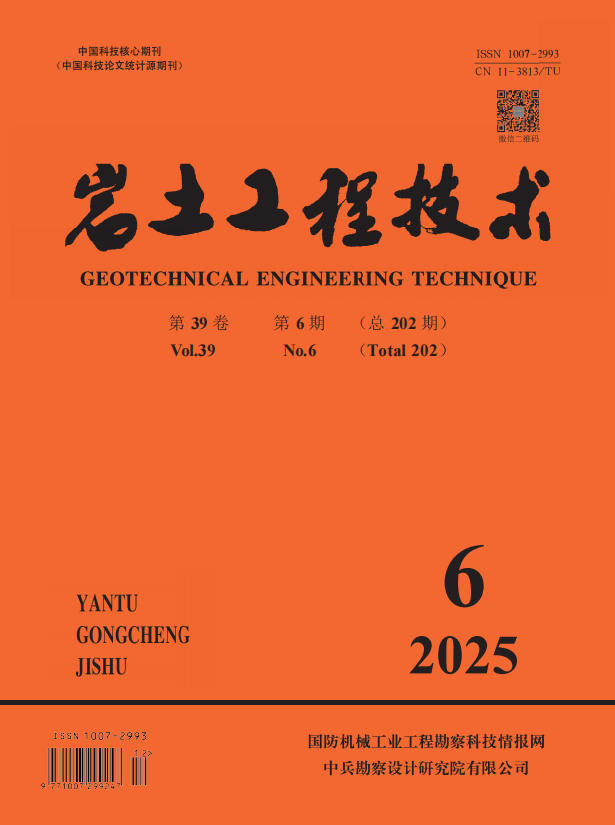1999 Vol. 13, No. 1
Display Method:
1999, 13(1): 3-8.
Abstract:
1999, 13(1): 9-12.
Abstract:
1999, 13(1): 13-16.
Abstract:
1999, 13(1): 17-21.
Abstract:
1999, 13(1): 22-26,40.
Abstract:
1999, 13(1): 27-29,33.
Abstract:
1999, 13(1): 30-33.
Abstract:
1999, 13(1): 34-36.
Abstract:
1999, 13(1): 37-40.
Abstract:
1999, 13(1): 41-46.
Abstract:
1999, 13(1): 47-49.
Abstract:
1999, 13(1): 50-52,57.
Abstract:
1999, 13(1): 53-57.
Abstract:
1999, 13(1): 58-60.
Abstract:



